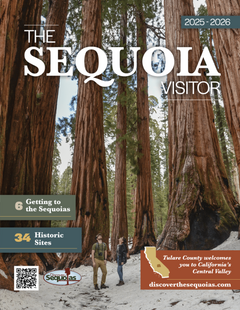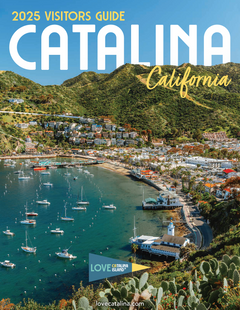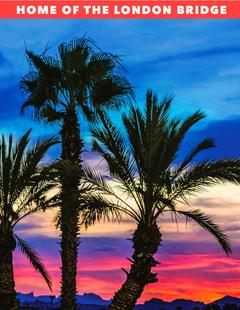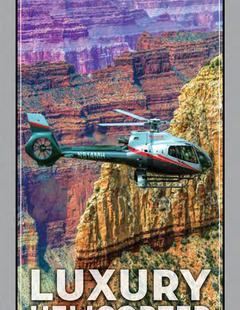Vexed to rugged heights by shifting tectonic plates and shiftier volcanoes, the scene along Oregon’s stretch of the Cascade Range - which reaches from Northern California all the way up to British Columbia - belies its explosive history. Except for earth-rattling action from the Mount St. Helens corner (Washington state) in 1980, Mount Hood mutterings (this prior to the arrival of explorers, Lewis and Clark), and a further handful of assorted eruptions (mostly minor) in the past two hundred years, the Cascades today seem serene and stable, edges softened on the western flanks by trees that thrive on Pacific precipitation like fir and hemlock, and the other, drier, side of the rugged mountain spine with larch and pine, much of it protected as either national forest or official wilderness. Endowed with bountiful and dependable snowfall, the area offers up a plethora of outdoor pursuits, which, taken with the region’s natural beauty, makes it a win-win for those whose primary concerns are setting and activity selection.
Forming a natural break in this rugged mountain range is the Columbia River, which with waterpower has carved a dramatic passage through to the Pacific. Forming a long stretch of Oregon’s northern border, the river also marks the start of this northwestern state’s claim to range, crowned a short way south of the Columbia’s banks by the snowy shoulders of Mount Hood. In addition to a fine clutch of ski resorts (including one that boasts the only year-round skiing in North America), Mount Hood and the small communities that sit in its shadow offer easy access to trails, rivers, lakes and shady forest, all within driving distance of Oregon’s largest city, Portland.
Most of the roads that penetrate the maze of peaks lying south of Mount Hood are classified scenic - snow may close some of them seasonally but for those who dare to drive the reward includes secluded hot springs, snowshoeing, nordic skiing and plenty of scenery to write home about. This stretch is linked to the east only by Route 26, which runs southeast of Mount Hood to Madras and Bend, and Route 22, which winds east of Salem though the little town of Detroit before meandering south to join with Route 20 and cross the Cascades at Santiam Pass, northwest of Sisters and Bend. Several wilderness areas here offer superb hiking and climbing opportunities, with plenty of winter sport to be had on the slopes of Mount Bachelor.
The central segment of Oregon’s Cascades runs west and south of Bend, taking in the Three Sisters summits, a part of the Pacific Coast Trail, an assortment of snow-fed rivers and crystal clear mountain lakes, some of them readily reached by the Cascade Lakes Highway (Route 46), which cuts southwest of Bend up into the mountains before looping south to join either Route 58 or US 97.
Wilderness areas punctuate the range as it charges south; Crater Lake National Park sits smack in its path, a park known principally for its water-filled volcanic caldera, aka Crater Lake, the deepest freshwater lake in America. Roads from the south, west, and north allow access to the park seasonally (heavy snowfall is common in these parts so plan accordingly). South along US 97 is the southernmost Oregon Cascade city, Klamath Falls; strictly speaking it sits slightly east of the range, separated from the tail end of the Rogue River - Siskiyou National Forest by Upper Klamath Lake. Both Klamath Falls and Medford, to the west, serve well as springboards for extended hiking, camping, biking and fishing forays around the gem-hued lakes sprinkled across the range’s upper reaches.
Overview
The Cascade Range of mountains runs north-south for more than 700 miles from Northern California's 10,457-foot Lassen Peak to southern British Columbia's Mount Garibaldi (8,786), never more than 150 miles from the Pacific Ocean. Geologists estimate the range to be about 25 million years old, making it the youngest in the 48 contiguous states.
The Cascades are part of the "Ring of Fire," the ring of volcanoes around the Pacific Ocean, that includes Cotopaxi (Ecuador), Krakatoa (Indonesia) and Fuji (Japan). Although there are some non-volcanic mountains in the range, it is best known for its massive snow-capped volcanoes, which generally rise in isolation with large intervening plateaus. All of the recorded volcanic eruptions in the contiguous United States have been in the Cascades. The two most recent were Lassen (now 10,457 feet) in 1911 and St. Helens (now 8,364) in 1980.
The range divides the region into two distinct biomes, the rainy, temperate western side and the high deserts of the east. The western slopes are predominantly covered by Oregon's state tree, the Douglas fir (named for botanist David Douglas, who after exploring the Pacific Northwest in 1824 was the first to refer to the range in writings as "the Cascades"); the western slopes also have some Western hemlock and alder. The eastern slopes are mostly ponderosa and lodgepole pine, with Western larch at higher elevations, giving way to eastern Oregon's high deserts. Southeastern Oregon is considered part of the Great Basin Desert.
While, on the map, it may look like the Cascade Range is an extension of the Sierra Nevada, the two are completely separate ranges with distinct origins. Unlike the Cascades, which are largely volcanic, the Sierras are fault block mountains. Visitors to the two ranges can see the physical disparity.





















